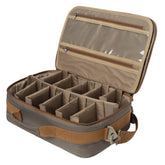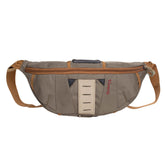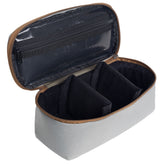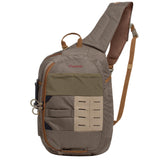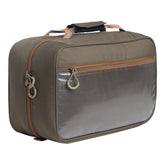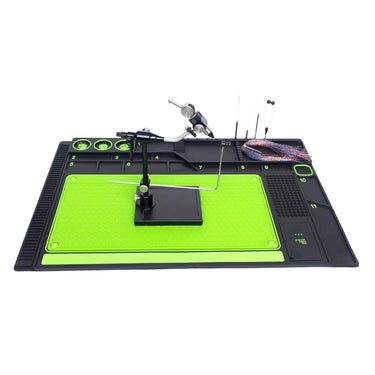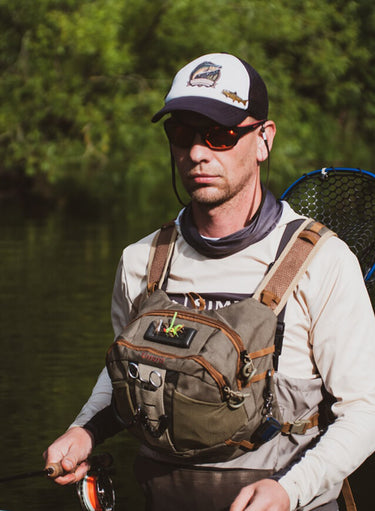Fly Line: A Guide to Top-Rated Skagit Lines for Steelhead and Budget Options
When it comes to targeting steelhead, selecting the right Skagit fly line can significantly impact your success. I have found that a quality Skagit line enhances casting efficiency and improves the overall fishing experience. With numerous options on the market, identifying top-rated and budget-friendly lines can be daunting.

In this guide, I will share my recommendations for the best Skagit fly lines available, catering to different budgets. Additionally, I'll explain the key differences between Skagit and Scandi lines, helping you make an informed choice for your rod. Understanding these distinctions is crucial for optimizing your technique and maximizing your catch rate.
Understanding Fly Lines

Fly lines play a crucial role in the effectiveness of casting techniques for different species, including steelhead. Knowing the distinctions between various line types can enhance your performance on the water.
Skagit vs Scandi Fly Lines
When comparing Skagit and Scandi fly lines, I focus on their design characteristics and intended applications. Skagit lines are shorter and heavier, optimized for casting larger flies and heavy tips. Their grain weight generally ranges from 450 to 600 grains, making them ideal for powerful spey rods.
In contrast, Scandi lines are longer and lighter, designed for delicate presentations and smaller flies. They require more precise casting techniques and typically have a grain weight of 320 to 450 grains. Both types have their merits, but the choice largely depends on the conditions and techniques I intend to use while targeting steelhead.
Selecting the Right Skagit Line
Choosing the appropriate Skagit line is crucial for successful steelhead fishing. A well-matched line enhances your casting performance and presentation of flies. I will examine top-rated options, budget-friendly lines, and important factors for selecting the right line based on your rod.
Top-rated Skagit Fly Lines for Steelhead
When targeting steelhead, I recommend using high-quality Skagit lines designed for effective casting. Some top-rated options include:
- Rio Skagit Max: Known for its versatility, it's suitable for a variety of conditions.
- Airflo Skagit Compact: Offers a short, powerful head for quick roll casts.
- Scientific Anglers Skagit Extreme: Features a supple coating that performs well in cold conditions.
These lines typically come in a range of grain weights. Selecting the right grain weight is essential, as it should match your spey rod to optimize casting distance and accuracy.
Best Budget-Friendly Skagit Lines
Not everyone wants to invest heavily in gear. Some budget-friendly Skagit lines still deliver quality performance for steelhead fishing. Consider:
- Rio InTouch Skagit Trout: A budget option that provides decent casting performance.
- Berkley Pro Spec: Affordable and surprisingly durable, great for novice anglers.
- Cortland Competition Skagit: Offers excellent value without compromising too much on features.
These options are effective for those looking to catch steelhead without breaking the bank. They still allow for the use of sink tips and polyleaders to adapt to various water conditions.
Choosing the Right Skagit Line for Your Rod
I find that selecting a Skagit line should consider your spey rod's specifications. Key factors to assess include:
- Rod Length: Longer rods can handle heavier lines better.
- Grain Weight: Check your rod's recommended grain window for optimal performance.
- Casting Style: Your casting technique can influence the ideal line choice.
Additionally, consider water conditions. If fishing fast currents, a heavier line paired with the right sink tips can help reach steelhead effectively. Proper selection ensures better control and presentation for successful outings.
Advanced Techniques and Tips
Mastering advanced techniques can significantly enhance your effectiveness when targeting steelhead with Skagit lines. Understanding how to choose and use sink tips and leaders is essential for achieving optimal presentation and depth.
Understanding Sink Tips and Leaders
Sink tips are crucial for getting your fly to the right depth quickly. I often use tips ranging from 5 to 15 feet, depending on water conditions. The sink rate is indicated by the grain weight, allowing me to match the tip with the fly's weight and water type.
Polyleaders are a versatile option as they combine aspects of both sinking tips and traditional leaders. They allow for quicker depth adjustment without compromising casting ease. When choosing a polyleader, I consider its length and sink rate to ensure it complements both my fly and rod setup.
Ultimately, selecting the right combination of sink tips, leaders, and polyleaders improves my chances of enticing steelhead effectively.



